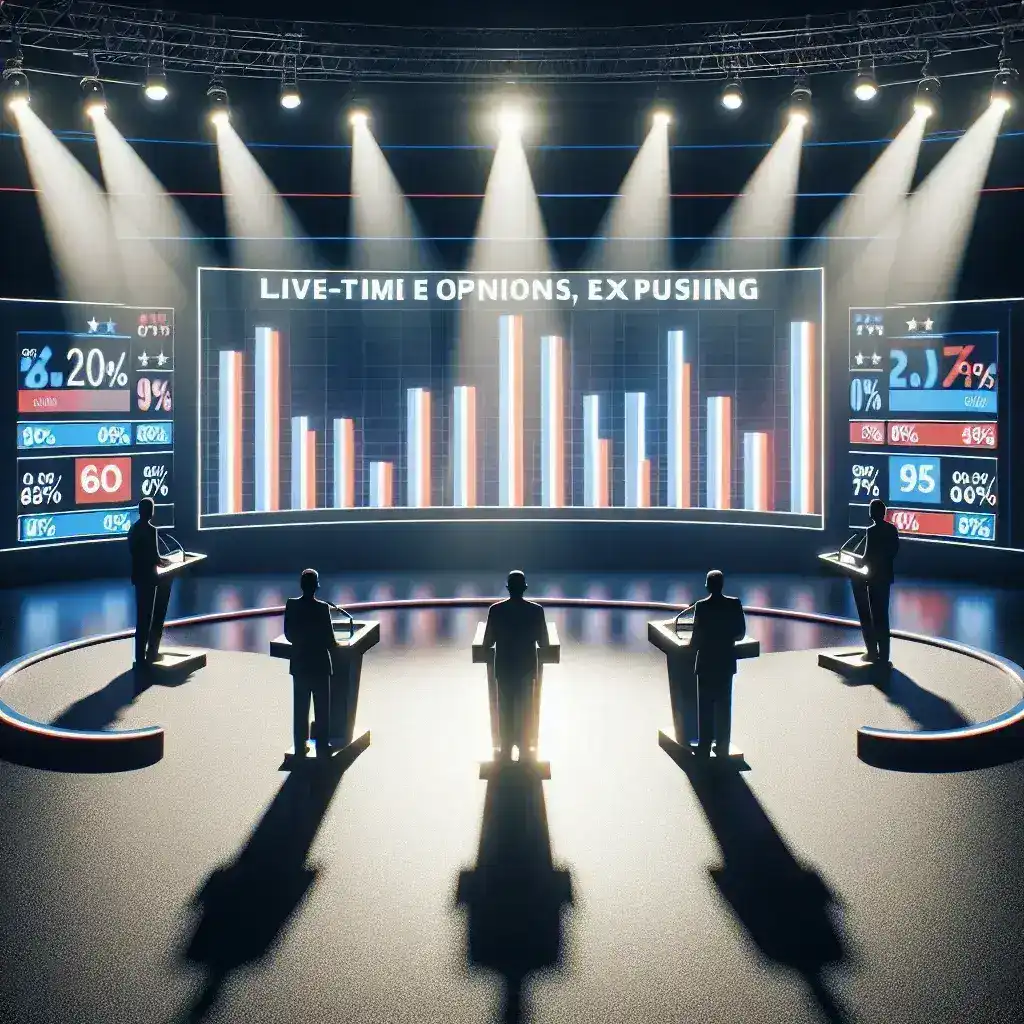Introduction
The consumer laptop market has undergone significant transformations over the past two decades, particularly in how brands position their performance. Performance branding in this sector has developed to cater to a diverse range of consumer needs, from casual use to high-end gaming and professional-grade applications. In this article, we will delve into how performance branding has evolved in consumer laptops, highlighting key trends, technological advancements, and what the future might hold.
The Early Days of Consumer Laptops
In the early 2000s, consumer laptops were primarily marketed based on basic specifications such as processor speed, RAM, and battery life. The focus was on functionality rather than performance. As the demand for portability grew, manufacturers began to introduce models that were lightweight and compact but often lacked the power needed for more intensive tasks.
Market Shift: The Rise of Performance
With the advent of more demanding software applications and multimedia content, consumers began to seek laptops that could deliver better performance. This shift prompted manufacturers to enhance their offerings, leading to a burgeoning focus on performance branding.
Key Innovations
- Dual-Core Processors: The introduction of dual-core processors revolutionized laptop performance, allowing for better multitasking capabilities.
- Solid-State Drives (SSDs): The transition from traditional hard drives to SSDs significantly improved boot times and overall system responsiveness.
- High-Resolution Displays: As content consumption grew, laptops began to feature higher resolution displays, enhancing user experiences.
From Performance to Experience
As laptops became more powerful, branding strategies evolved to emphasize not just performance, but also user experience. Brands started to market their laptops based on the overall experience they could provide, blending performance with design, usability, and lifestyle.
Influence of Gaming
The gaming sector became a crucial driver in performance branding for laptops. Brands like Alienware and ASUS ROG started to dominate this niche market, pushing the boundaries of performance branding by promoting features tailored for gamers:
- Graphics Cards: High-performance GPUs became a key selling point, as gaming laptops began to offer exceptional graphics capabilities.
- Cooling Systems: Advanced cooling technologies were highlighted to ensure sustained performance during intensive gaming sessions.
- Customizable Aesthetics: RGB lighting and customizable designs became a trend, appealing to the gaming community.
Consumer Preferences and Brand Loyalty
As performance branding evolved, consumer preferences shifted dramatically. Consumers are now informed and seek laptops that not only perform well but also align with their personal values and lifestyle choices.
Sustainability and Ethical Branding
The modern consumer is increasingly concerned about sustainability. Brands that demonstrate a commitment to environmental responsibility have gained a competitive edge. For example:
- Eco-Friendly Materials: Brands like Dell and HP promote laptops made from recycled materials.
- Energy Efficiency: Energy-efficient laptops are marketed to environmentally conscious consumers.
The Future of Performance Branding
Looking ahead, performance branding in consumer laptops will continue to evolve in response to emerging technologies and shifting consumer expectations.
Artificial Intelligence and Machine Learning
As AI and machine learning technologies integrate into everyday computing, brands will need to highlight these capabilities. Future laptops might offer:
- Smart Performance Optimization: Laptops that adapt to users’ needs and optimize performance dynamically.
- Enhanced User Interfaces: AI-driven interfaces that provide personalized experiences.
Foldable and Flexible Displays
Innovation in display technology will likely lead to foldable and flexible laptops. This will create new branding opportunities focused on form factor combined with performance metrics.
Conclusion
The evolution of performance branding in consumer laptops reflects broader technological advancements and changing consumer expectations. As we move into a future characterized by rapid innovation and increasing consumer awareness, brands that successfully align their performance messaging with user experience, sustainability, and emerging technologies will stand out in a crowded market.
Understanding this evolution provides insights not just for consumers looking to make informed purchasing decisions, but also for brands aiming to refine their marketing strategies in the competitive landscape of consumer laptops.




